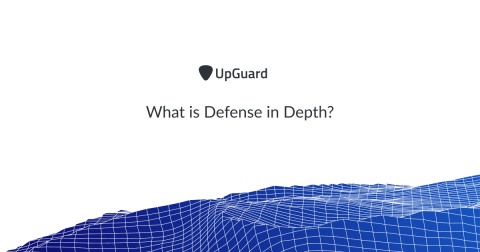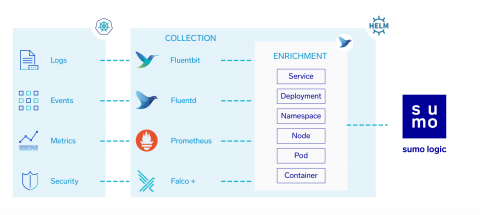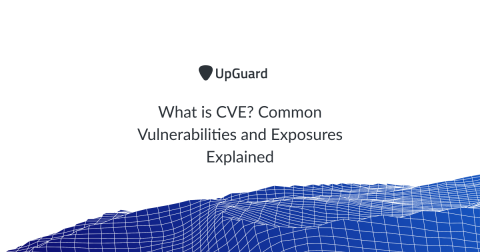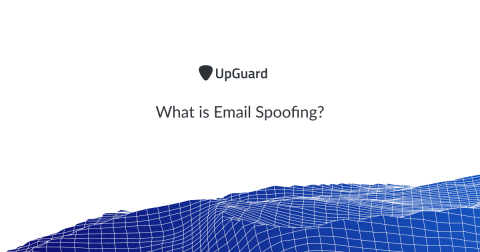Thousands of Online Shops Hit by Magecart Attack
Magecart attackers have been collecting sensitive information from thousands of online stores after compromising top eCommerce platform and payment service provider Volusion. Since September 7, hackers have activated online credit card skimmers on 3,126 online shops hosted by Volusion. That's according to Trend Micro security researchers' latest report.









